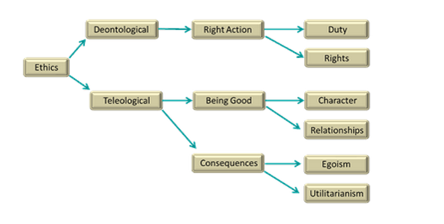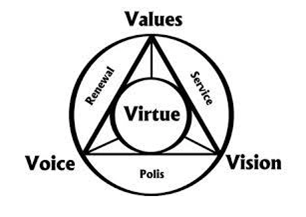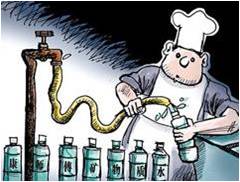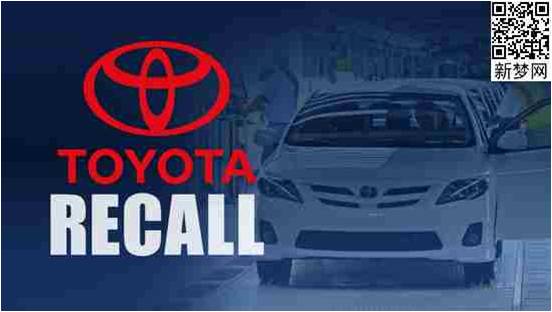Theme 1: Leadership and Ethics
Ethical leadership can be defined as leader exert more positive effect on the follower by personal charismatic sociality or fairness (Mullins, 2010) This kind of leadership could influence both the leader and the followers in the organization (Brown, Trevino, Harrison 2005). It shows the ethical leadership has became essential element in organization, the leaders play an indispensable role in the organization, Leader is not just the leader of groups or commander of group activities, they also have to accept of the moral and psychological evaluation, they are the guider of subordinate’s concept and behavior.
Ethics – 2 Principle theories
As discussion of the ethical leadership, there are two major principles of ethical thought that the philosopher called Deontological and Teleological, which are both part of the humanistic branch of ethics ( Emelda, 2011).

The first theory is Teleological ethic, teleologist do moral judgments base on the outcomes of a decision or an action(Emelda, 2011). The outcome is the the first priority of the Teleological, meaning to say the action or decision is morally right only If the outcomes are positive. On the contrary, the action or decision would consider as morally wrong if it cause harm or damages. The consequences are important but at same time, process is also important, people need to care others, even companies they have CSR to follow, so we should enjoy the process.
As the opposite of Teleological, Deontological think the consequences is not the only aspect to justify a action or a decision(Emelda, 2011), sometimes factors are more important than good outcome, the word ‘moral’ play a very important role in an action or decision, they think we do not have to care about the outcomes if we morally obligated based on some roles or principles. A leader have the duty to set a good example, to identify for followers what is right and wrong and to make them do ethical actions(Hitt,1990).
So simply say Teleological approaches to judge a decision right or wrong through the consequence or outcomes. At the opposite, Deontological approaches to focus on the process itself, the consequence does not that matter for an action.
The 4V model of ethical leadership

In an organization, it is very important for a leader to fully aware the core value and put it into life and organization. 4V model is a suitable structure to explain all aspects of ethical leadership. 4 ‘V’ means vision, voice, values and virtue (Eshelby, 2016). Vision is leader’s ability to do the preconception and put it into the work, voice is leader speak out their vision or instruction to followers to give inspiration, and virtue is from leaders behavior and action to effect the followers. The last V is value, personally I would put the value as the most important position, value is the foundation of most organization, it provide the motivation and expectations for followers. Value would make organization work harmoniously, or else the work will become cumbersome for the follower and it will make the productivity decline.
Individual and organizational would both effected by the ethical leader behavior in a positive way(Rubin, 2010). A leader should make clear the role positioning, constantly improve their moral quality. Most leaders are the role model of the followers, it require the leaders do appropriate action within a appropriate time.
Bad example
In 2008, China water brand Master Kong disclosed that their mineral water is filled with tap water, not what the advertisement claimed “high quality source of water”. Subsequently, Master Kong acknowledged, its production base in the Hangzhou production of mineral water is indeed the city tap water purification, and added in line with the additive that conform to the national standard(Ma, 2016). It caused the worst impact on the Master Kong within 10 years, the company executives have to make public apologies as to express the regrets.

Good example

In 2016, out of the defects involving air bags and emissions control units caused by the supplier, Toyota Motor Corp has recalled 3.37 million cars worldwide(Reuters, 2016). This is a typical ethical action, Toyota made mistakes and they admit the mistakes, they would want reduce the loss of customer rather than save profit for themselves.
Conclusion
As a conclusion, ethic leadership is like the direction of a train, if the direction and track are deflected, the greater the power of the engine, the greater the damage it cause. It can be said that with a good ethic leadership can always have some sense of self-motivation, it is the driving force of keep moving for positive. So as recommendation, I suggest that an organization should have regular effective training lesson to ensure the ethic leadership is fully realized
Word count: 821
Reference
Ma, H. (2016). what is happening. [online] Sohu.com. Available at: http://www.sohu.com/a/71341696_391628 [Accessed 17 May. 2017].
Emelda M. (2011). Deontological Ethics. [online] Available at: http://www.allaboutphilosophy.org/deontological-ethics.htm [Accessed 20 May 2017].
Eshelby P. (2016) The 4 Vs of Operation Management. [online] Available at:
https://www.linkedin.com/pulse/4-vs-operation-management-philip-eshelby [Accessed 20 May 2017].
David. (2016). Toyota recalls 3.37 million cars over air bags, emissions control. [online] Available at: http://www.reuters.com/article/us-autos-toyota-recall-idUSKCN0ZF0CX [Accessed 21 May 2017].
Hi Baohang,
In this blog, i know about examples of the unethical leadership, and it is bring many negative reputation to their organization. So, i think follow an ethical leadership is very important.
LikeLike
Thanks, Wang! yes, i am agree with you!
LikeLike
I’m very happy to see so many vivid images and interesting pictures in your blog, and your example is very close to our life. I think your structure is very clear and very easy for the reader to understand.
LikeLike
Thank you GU! very glas that you accept my work!
LikeLike
Hello Baohang. Your example about unethical organisation is an interesting write up!
LikeLike
Thank you, Fathimath! Happy to see you like it!
LikeLike
Hi Ma, great effort on writing this blog, and you utilize both bad and good examples. Looking forward to reading your next blog.
LikeLike
Thanks, Guo!
LikeLike
It clearly shows the definition of morality and teleology. But I suggest you can give examples of two theories.
LikeLike
Thanks, Winston! Thanks for the advice, i will check it out!
LikeLike
Hello Ma, what a good write up you have got your examples are clearly stated and interesting. looking forward to reading your subsequent blogs.
LikeLike
Thanks, Zainab!
LikeLike